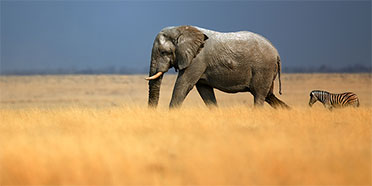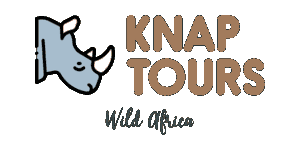
Safari Tours to Etosha NP
-
![19-Day Namibia Self Drive Adventure]()
19-Day Namibia Self Drive Adventure
$9,533 to $10,033 pp (USD)
Namibia: Self-drive
Mid-range Lodge & Tented CampYou Visit: Windhoek (Start), Kalahari Region, Fish River Canyon (|Ai-|Ais/Richtersveld TP), Aus (Town), Namib-Naukluft NP (Namib Desert), Swakopmund (City), Damaraland, Etosha NP, Eastern Etosha NP, Erongo Mountains (Mountain Range), Windhoek Airport (End)

Wayfairer Travel
4.8/5 – 185 Reviews
-

3-Day Eco-Friendly Etosha Self-Drive Safari
$424 to $520 pp (USD)
Namibia: Self-driveLuxuryLodge
You Visit: Windhoek (Start), Etosha NP, Windhoek Airport (End)

Viatu
4.9/5 – 94 Reviews
-
![3-Day Etosha National Park Big Five Safari]()
3-Day Etosha National Park Big Five Safari
$1,123 to $1,185 pp (USD)
Namibia: Shared tour (max 6 people per vehicle)
Mid-range ChaletYou Visit: Windhoek (Start), Etosha NP, Windhoek (End)

Knap Tours
5.0/5 – 13 Reviews

 Namibia Parks
Namibia Parks

























